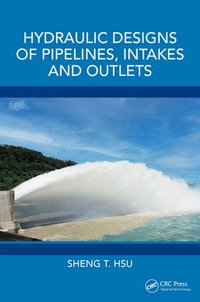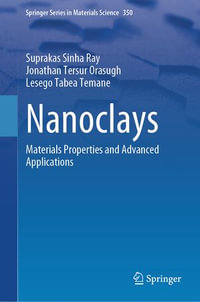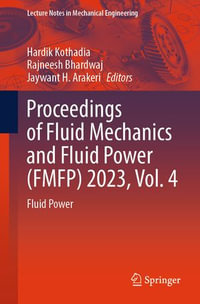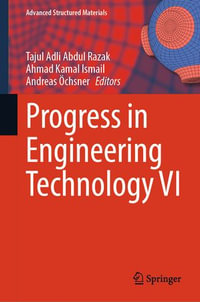
Ionic Soft Matter: Modern Trends in Theory and Applications
Proceedings of the NATO Advanced Research Workshop on Ionic Soft Matter: Modern Trends in Theory and Application Lviv, Ukraine, 14-17 April, 2004
By: Douglas Henderson, ?Myroslav Holovko, ?Andrij Trokhymchuk
eText | 30 June 2006 | Edition Number 1
At a Glance
eText
$159.01
or
Instant online reading in your Booktopia eTextbook Library *
Read online on
Desktop
Tablet
Mobile
Not downloadable to your eReader or an app
Why choose an eTextbook?
Instant Access *
Purchase and read your book immediately
Read Aloud
Listen and follow along as Bookshelf reads to you
Study Tools
Built-in study tools like highlights and more
* eTextbooks are not downloadable to your eReader or an app and can be accessed via web browsers only. You must be connected to the internet and have no technical issues with your device or browser that could prevent the eTextbook from operating.
ISBN: 9781402036590
ISBN-10: 1402036590
Published: 30th June 2006
Format: PDF
Language: English
Publisher: Springer Nature
Edition Number: 1























